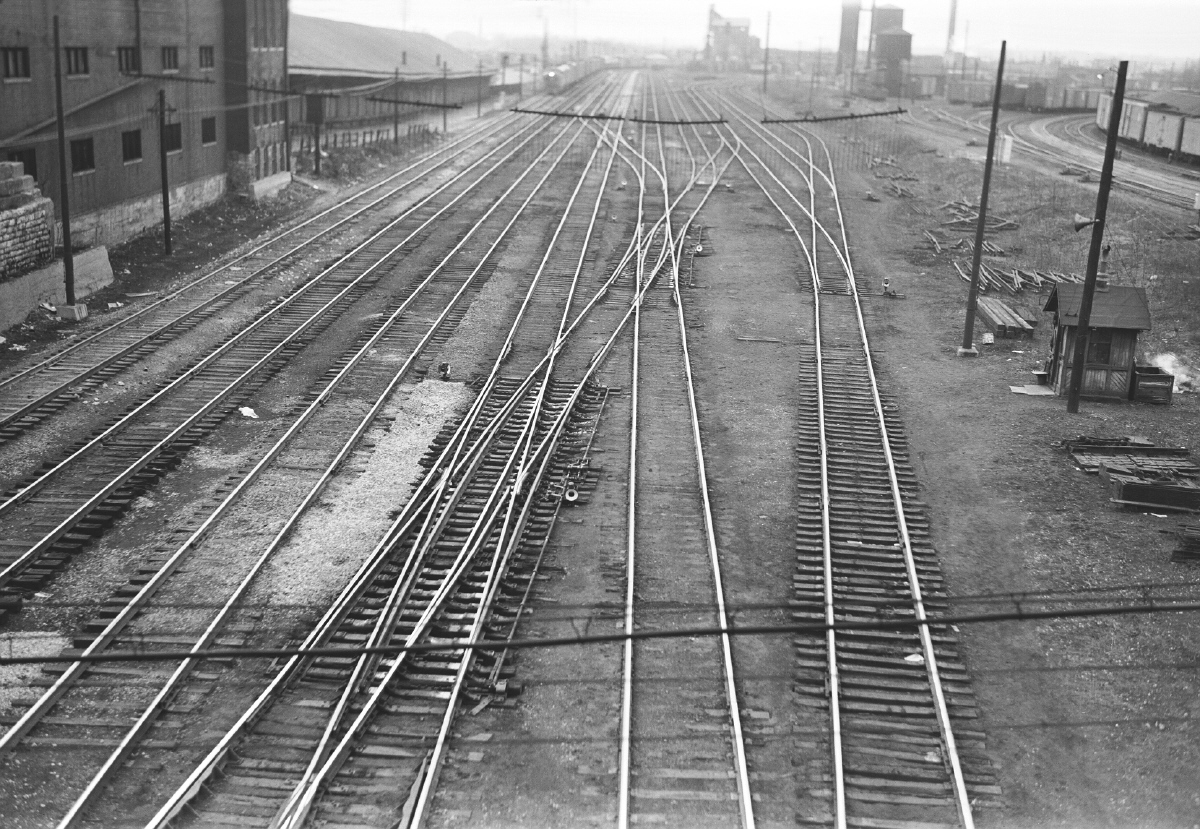Devon Sinsley said:
I am a visual person, so I went out and drew a 10’ (5’ radius) diameter arc on my shop floor. I then drew a straight line on the apex of the arc perpendicular to the radius. Now I then marked out the rails 45mm apart equidistant from the center line of both the arc and the straight line. This gave me a rough idea of what # switch I would need in order to put a switch on that curve. Honestly I was expecting something like at least a #6 or even a #8. What I came up with is closer to a #3.75 or a #4. Am I off my rocker? I found where the rails leaving the frog were 1" apart and then measured from frog point to that point. It ended up a little over 3 3/4" but not quite 4". I realize that this is not accurate as the diverging rail I am using is curved and the numbered switch will come off straight but I figure it will get me close.
So am I right that a#4 switch would be a good switch to put in a 10 diameter curve to create a straight diverging track? If that is correct then how much would a six effect me in that place? would I have trouble realigning my 10 Radius curve?
BTW I randomly picked 10’ It is about half way between the 8.5 and 11 I am playing with now.
Devon, you are exactly right. Somewhere in this discussion I mentioned that the frogs on my Aristo 10 ft diameter turnouts measured 3.75, so you’re not crazy… much.
Now, forget about radius and numbered turnouts. We’ve been down this road before.




